Free 3 Week Colombia Itinerary Template
3 Week Colombia Itinerary
Date: [Date]
Prepared by: [Your Name]
Destination: Colombia
|
The itinerary covers three weeks of exploration, encompassing vibrant cities, lush coffee regions, breathtaking coastlines, and charming towns. The journey promises an unforgettable experience, filled with adventure, discovery, and relaxation. Colombia's captivating history, from pre-Columbian civilizations to Spanish colonial architecture, sets the stage for a cultural immersion. From misty mornings with freshly brewed coffee to lively salsa clubs and hidden waterfalls, Colombia invites travelers to embrace its wonders. The summary encapsulates Colombia's allure as a destination where every moment is a celebration of life, love, and adventure, offering a magical journey through its soul. Welcome to Colombia, where the magic of discovery awaits at every turn. |
Week 1: Bogotá and Surroundings |
Day 1-2: Bogotá
-
Explore the historic La Candelaria neighborhood, visit the Gold Museum, and take a cable car up to Monserrate for stunning city views.
-
Try local Colombian cuisine at restaurants like Andrés Carne de Res or La Puerta Falsa.
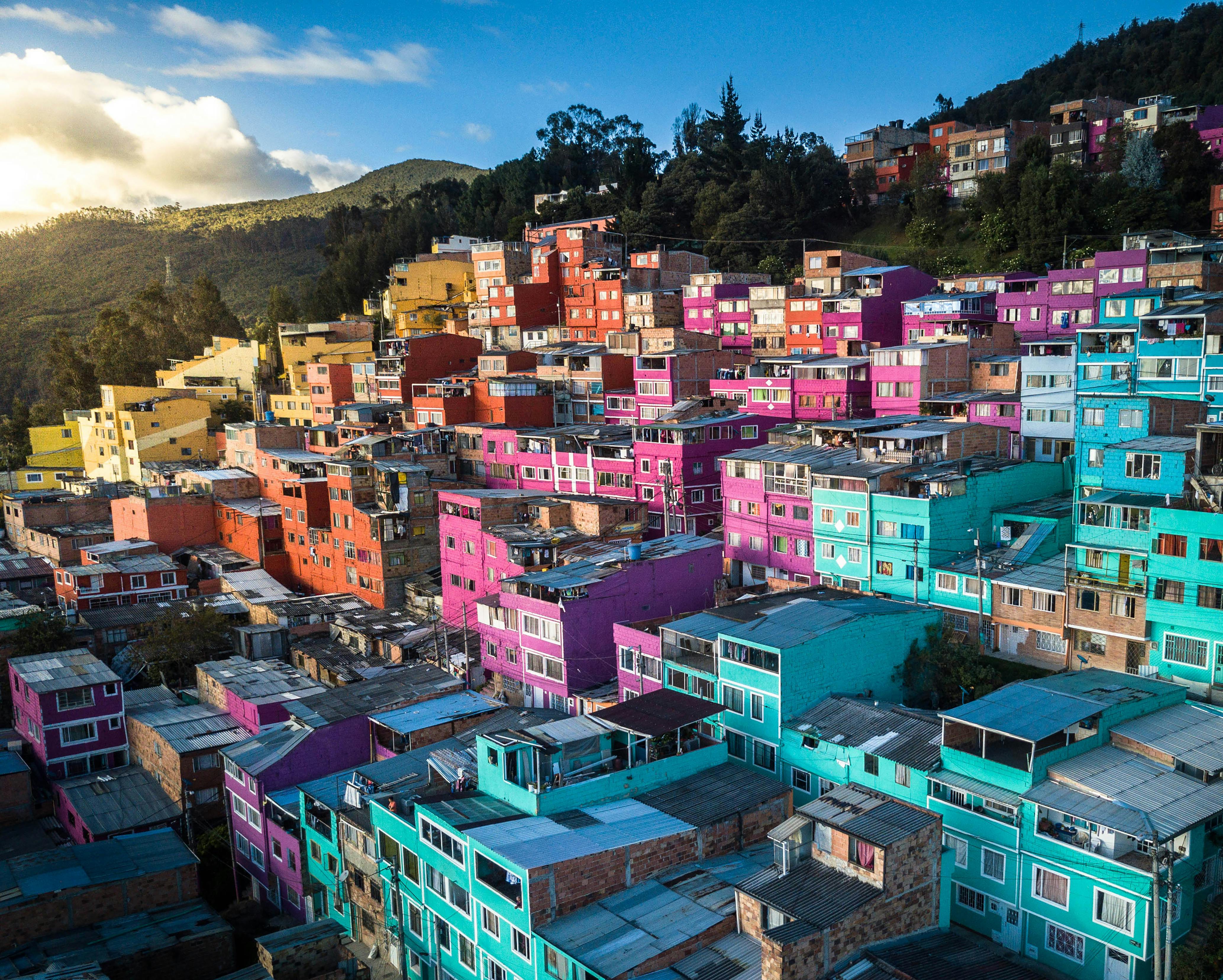 History Of The Bogota:
History Of The Bogota:
Bogotá, the capital city of Colombia, has a history that dates back to pre-Colombian times when it was inhabited by the indigenous Muisca civilization. Spanish conquest in the 16th century led to the establishment of Bogotá as a colonial center. It played a pivotal role in Colombia's struggle for independence in the early 19th century and became the capital of Gran Colombia.
Bogotá has experienced urbanization, political changes, and social challenges throughout the 20th century, including periods of violence and instability. Today, it remains Colombia's political, economic, and cultural hub, known for its rich history and vibrant atmosphere.
When visiting Bogotá, it's essential to be mindful of certain aspects to ensure a safe and enjoyable experience. Here are some things you should avoid doing while visiting Bogotá:
-
Don't display valuables openly: Avoid wearing expensive jewelry, displaying large sums of cash, or flaunting expensive gadgets in public places. This can make you a target for theft or petty crime.
-
Avoid unsafe neighborhoods: While Bogotá has many safe areas, it also has neighborhoods known for higher crime rates. It's advisable to research and avoid such areas, especially at night.
-
Don't hail taxis on the street: It's safer to use authorized taxi services, such as those from hotels, restaurants, or official taxi stands. Unregistered taxis may pose risks, including scams or potential danger.
-
Avoid drinking tap water: It's generally not recommended to drink tap water in Bogotá. Stick to bottled water or water from trusted sources to avoid getting sick.
Day 3: Zipaquirá
-
Take a day trip to Zipaquirá to visit the famous Salt Cathedral, an underground church built within the tunnels of a salt mine.
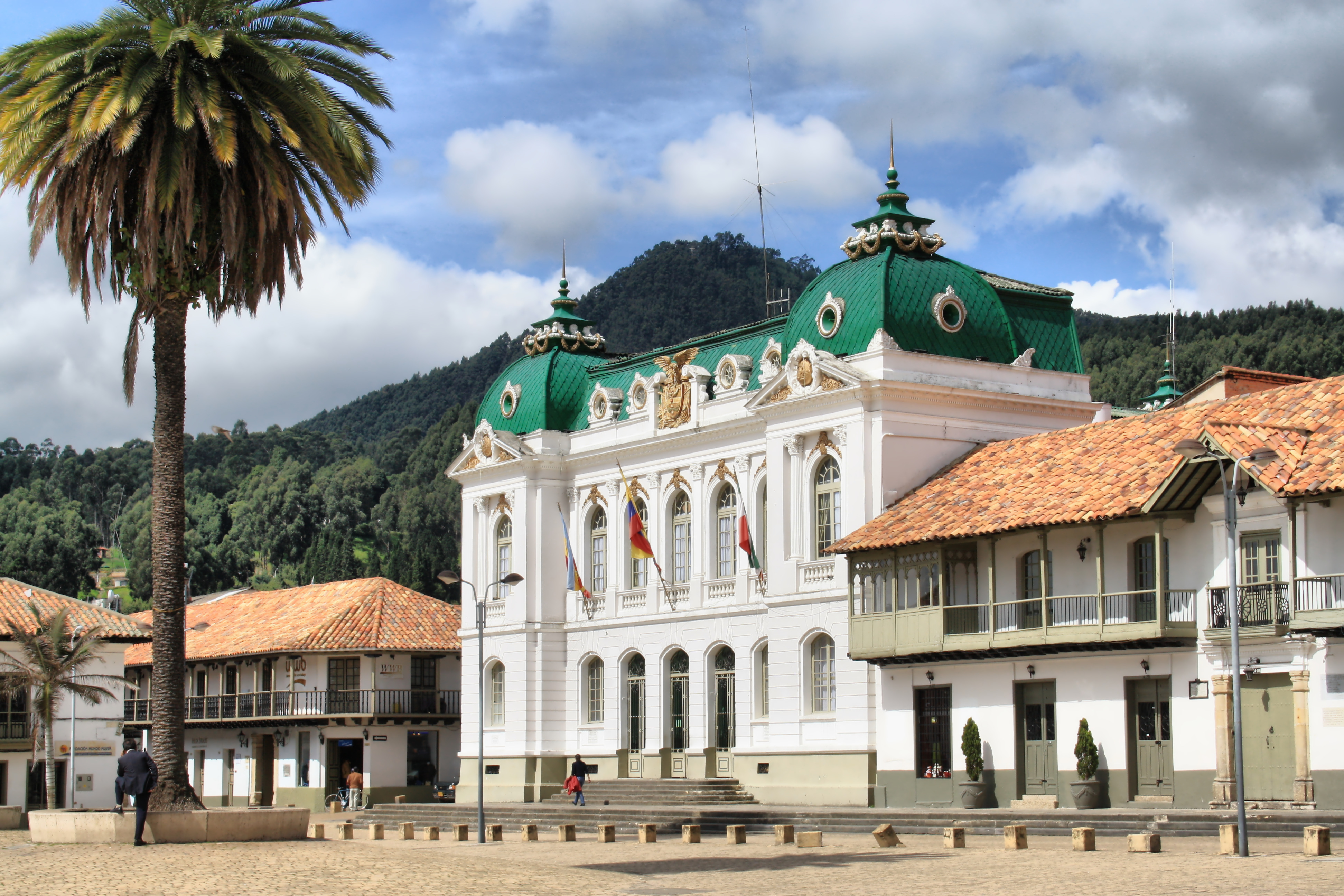 History of The Zipaquira:
History of The Zipaquira:
Zipaquirá, a city in Colombia's Cundinamarca department, has a history rooted in the pre-Colombian Muisca civilization and Spanish colonization. Founded officially in 1600, it played a role in trade and agriculture during colonial times and witnessed the struggle for independence from Spain. In the modern era, Zipaquirá thrives as a center of commerce, tourism, and cultural heritage, notably famous for its salt mining industry and the renowned Salt Cathedral. Today, it remains a significant destination in Colombia, blending history, industry, and tourism.
When visiting Zipaquirá, Colombia, there are several things to keep in mind to ensure a safe and enjoyable experience. Here are some things you should avoid doing:
-
Ignoring Safety Precautions in the Salt Cathedral: While visiting the Salt Cathedral, follow safety guidelines provided by staff. Avoid touching or climbing on delicate structures and adhere to designated pathways to prevent accidents.
-
Disrespecting Cultural Sites: Show respect for the religious and cultural significance of the Salt Cathedral and other historic sites in Zipaquirá. Avoid disruptive behavior, loud noises, or disrespectful gestures while visiting sacred places.
-
Ignoring Altitude Sickness: Zipaquirá is situated at a high altitude, and visitors may experience altitude sickness, especially if they are not acclimated to such elevations. Take it easy, stay hydrated, and be mindful of any symptoms of altitude sickness, such as headaches or dizziness.
Day 4-5: Villa de Leyva
-
Travel to Villa de Leyva, a charming colonial town known for its cobblestone streets, whitewashed buildings, and Plaza Mayor.
-
Visit the Fossil Museum, the Blue Ponds, and nearby attractions.
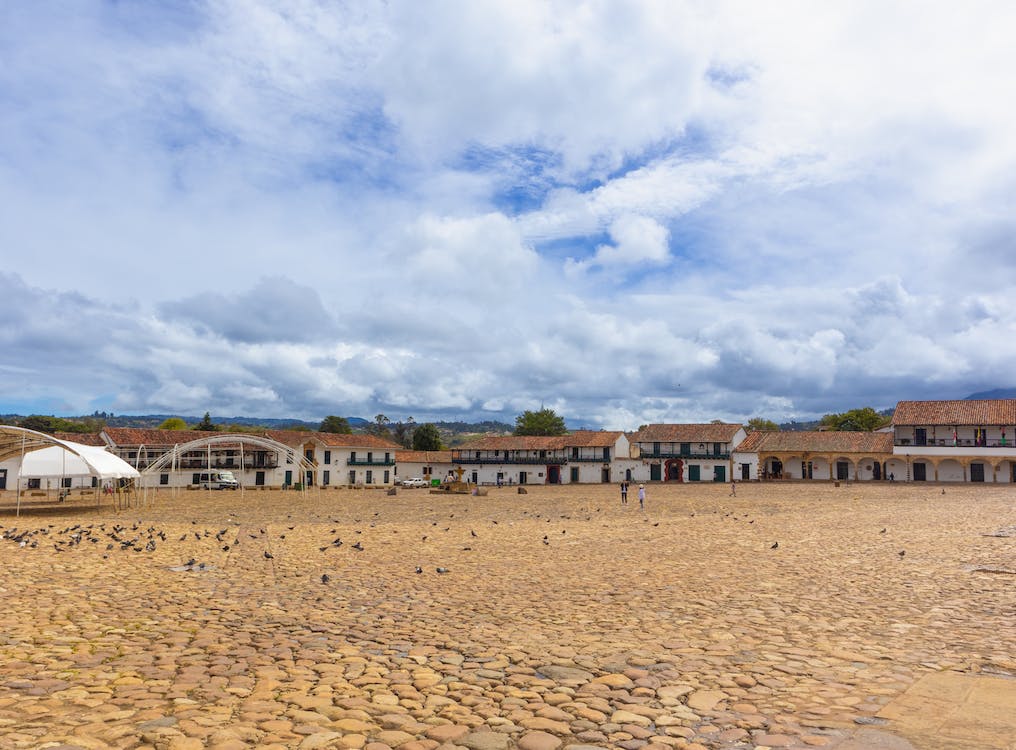 History of The Villa de Leyva:
History of The Villa de Leyva:
Villa de Leyva, a colonial town in Colombia's Boyacá department, has a rich history dating back to its founding in 1572 during the Spanish colonial era. It thrived as an agricultural and commercial center, playing a role in Colombia's struggle for independence. Today, Villa de Leyva is renowned for its well-preserved colonial architecture and scenic surroundings, attracting visitors eager to explore its historic charm and cultural significance.
Visiting Villa de Leyva offers a wealth of experiences and attractions. Here are some recommendations for making the most of your time in this charming Colombian town:
-
Explore the Plaza Mayor: Villa de Leyva boasts one of the largest and most beautiful colonial squares in South America. Spend time wandering around the Plaza Mayor, admire the architecture, and enjoy the vibrant atmosphere.
-
Visit the Iglesia Parroquial: The Iglesia Parroquial, or Parish Church, located on the Plaza Mayor, is an iconic landmark in Villa de Leyva. Step inside to appreciate its colonial architecture and religious significance
Week 2: Medellín and Coffee Region |
Day 6-8: Medellín
-
Explore Medellín's transformation from a notorious past to a vibrant present. Visit Plaza Botero, take a ride on the Metrocable, and learn about the city's history at the Museum of Antioquia.
-
Explore Comuna 13 and its street art, showcasing the city's resilience.
-
Take a day trip to Guatapé to climb the iconic El Peñol rock and explore the colorful town.
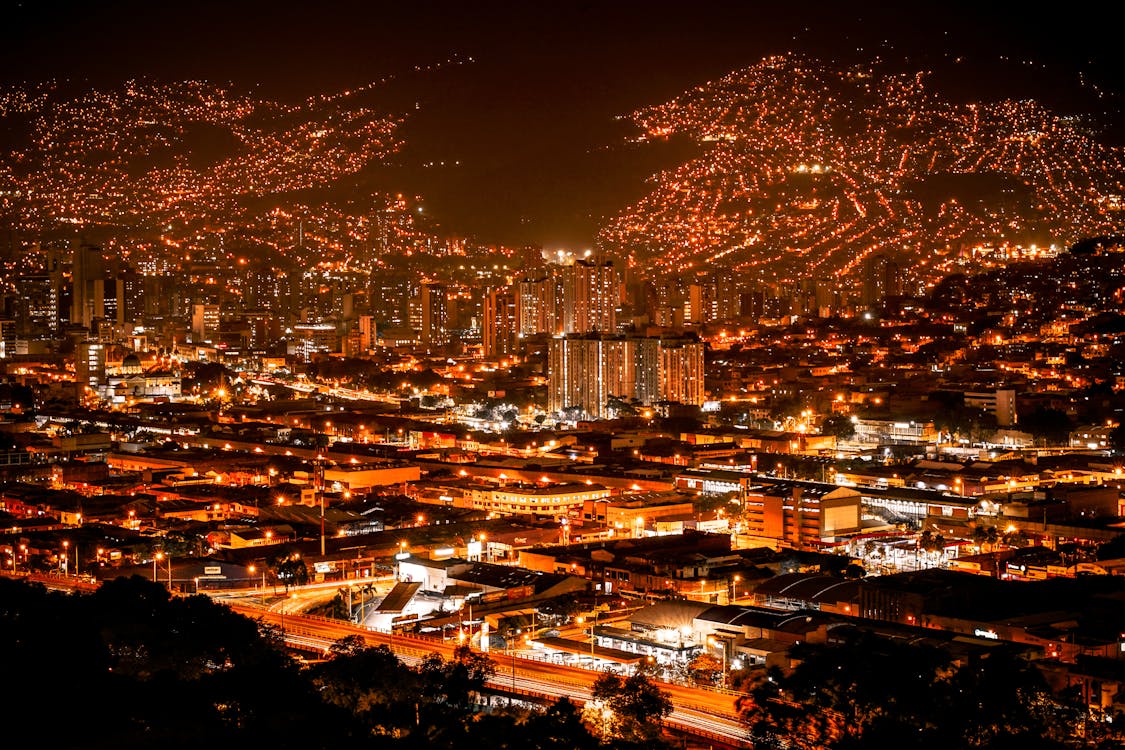 History of The Medellin
History of The Medellin
Medellín, Colombia, founded in 1541, transitioned from a colonial town to a dynamic urban center. Despite challenges like drug-related violence, the city underwent significant revitalization through innovative projects. Today, Medellín is celebrated for its resilience, vibrant culture, and commitment to progress.
|
Things to Do |
Things to Avoid |
|---|---|
|
Explore the City |
Displaying Valuables |
|
Ride the Metrocable |
Ignoring Safety Precautions |
|
Experience Local Cuisine |
Using Unofficial Taxis |
|
Learn About History |
Engaging in Illegal Activities |
|
Attend Cultural Events |
Disrespecting Local Customs |
|
Explore Nature |
Ignoring Health Precautions |
Day 9-11: Coffee Region (Salento)
-
Head to the Coffee Region and base yourself in Salento, a picturesque town known for its coffee farms and wax palm trees.
-
Visit a coffee plantation to learn about the coffee-making process and enjoy tastings.
-
Hike in the Cocora Valley, home to Colombia's tallest wax palms.
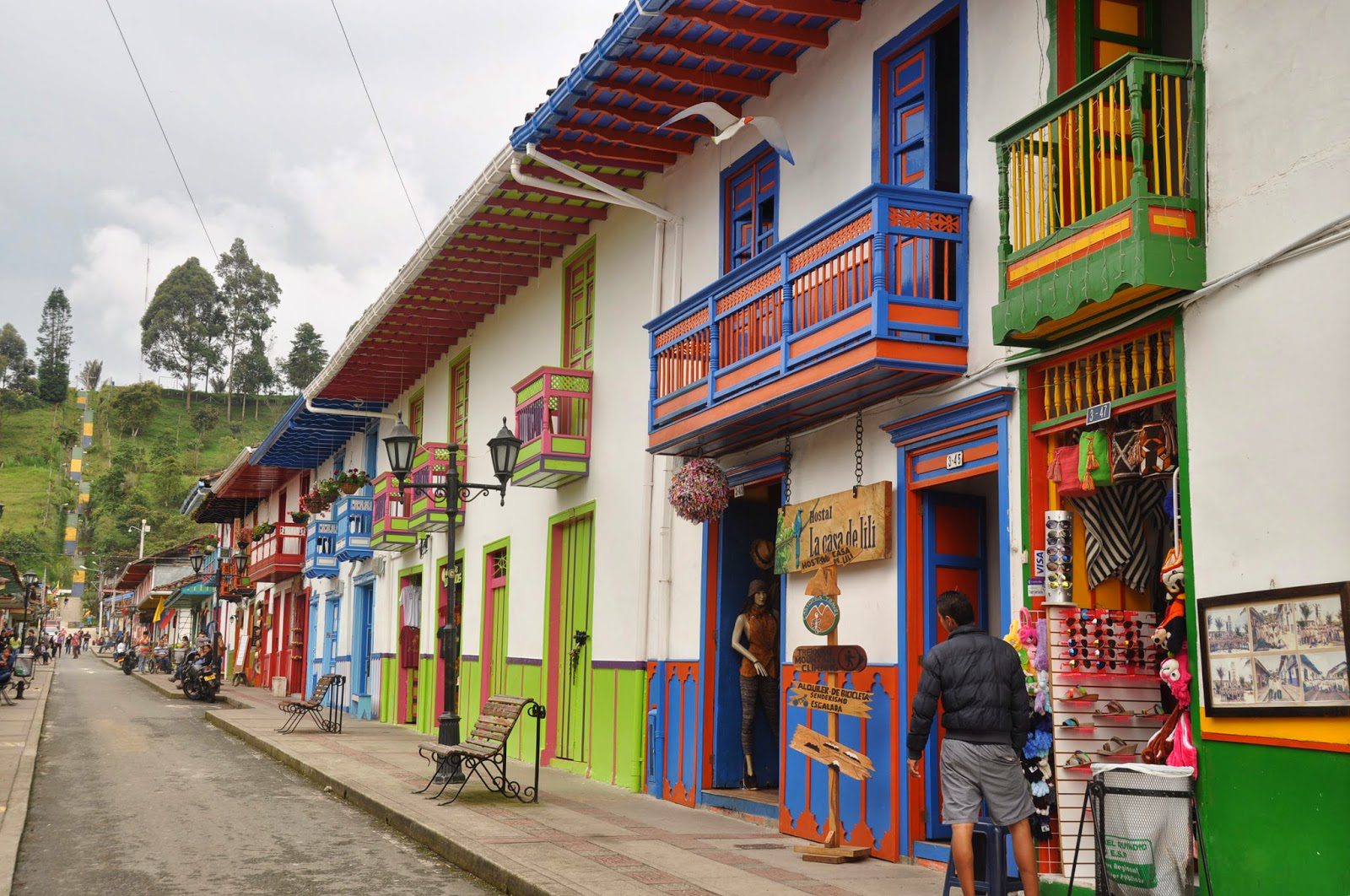 History of Coffee Region (Salento):
History of Coffee Region (Salento):
The Coffee Region, including Salento in Colombia, has a history steeped in coffee cultivation, dating back to Spanish colonization. Salento, founded in 1842, became a central hub for coffee production and trade. Despite challenges, the region thrived and is now a popular tourist destination known for its lush landscapes, vibrant culture, and renowned coffee heritage.
In the Coffee Region of Colombia, including Salento, you can enjoy a variety of delicious and traditional foods. Here are some recommendations:
-
Arepas: These savory corn cakes are a staple in Colombian cuisine and are often served for breakfast or as a snack. They can be filled or topped with cheese, eggs, meat, or avocado.
-
Bandeja Paisa: A hearty and iconic Colombian dish, Bandeja Paisa typically includes rice, beans, chorizo sausage, chicharrón (fried pork belly), avocado, plantains, and a fried egg. It's a filling and flavorful meal that's popular throughout Colombia.
-
Sancocho: This hearty soup is made with a variety of meats (such as chicken, beef, or pork), potatoes, yuca (cassava), plantains, corn, and other vegetables. It's often served with rice and avocado on the side.
-
Empanadas: These delicious stuffed pastries are a popular snack in Colombia. They're typically filled with seasoned meat, potatoes, and sometimes cheese, then deep-fried until crispy.
-
Ajiaco: A traditional Colombian soup, Ajiaco is made with chicken, potatoes, corn, and guascas (a type of herb). It's often served with rice, avocado, capers, and a dollop of cream on top.
Week 3: Caribbean Coast |
Day 12-14: Cartagena
-
Fly to Cartagena, a UNESCO World Heritage Site renowned for its colonial architecture and vibrant culture.
-
Explore the walled city, visit Castillo San Felipe de Barajas, and stroll along the colorful streets of Getsemaní.
-
Relax on the nearby beaches of Playa Blanca or Islas del Rosario.
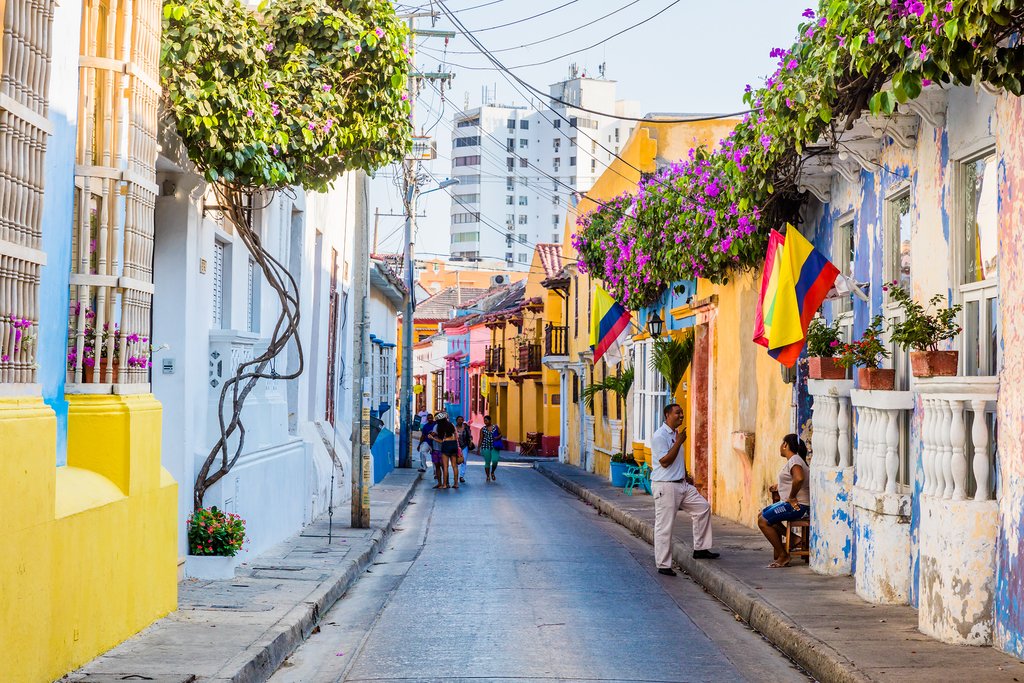 History of the Caribbean Coast:
History of the Caribbean Coast:
The Caribbean Coast of Colombia boasts a rich history blending indigenous cultures, European colonization, African influence, and modern multiculturalism. From pre-Colombian civilizations to Spanish conquests and the emergence of Afro-Colombian communities, the region has been shaped by diverse influences. Today, it stands as a vibrant hub of cultural heritage, beautiful landscapes, and historic cities like Cartagena, attracting visitors from around the world.
The Caribbean Coast of Colombia offers a delightful array of flavorful dishes influenced by its diverse cultural heritage. Here are some foods to try:
-
Arepa de Huevo: A popular street food, this savory arepa is filled with an egg and deep-fried until crispy on the outside and soft on the inside.
-
Arroz con Coco: A traditional dish made with rice cooked in coconut milk, giving it a sweet and creamy flavor. It's often served as a side dish or accompaniment to seafood.
-
Sancocho de Pescado: A hearty fish stew made with a variety of fish, vegetables, and herbs. It's flavorful and comforting, perfect for a hearty meal.
-
Bollos: Steamed cornmeal rolls wrapped in banana leaves. They can be sweet or savory, filled with cheese, coconut, or sometimes meat.
-
Cazuela de Mariscos: A seafood casserole made with a variety of shellfish, fish, and sometimes crab, cooked in a tomato-based sauce with onions, peppers, and spices.
Day 15-17: Santa Marta and Tayrona National Park
-
Travel to Santa Marta, Colombia's oldest surviving city.
-
Explore Tayrona National Park, known for its beautiful beaches, lush rainforest, and indigenous ruins.
-
Consider a trek to Ciudad Perdida (Lost City) for a multi-day hiking adventure.
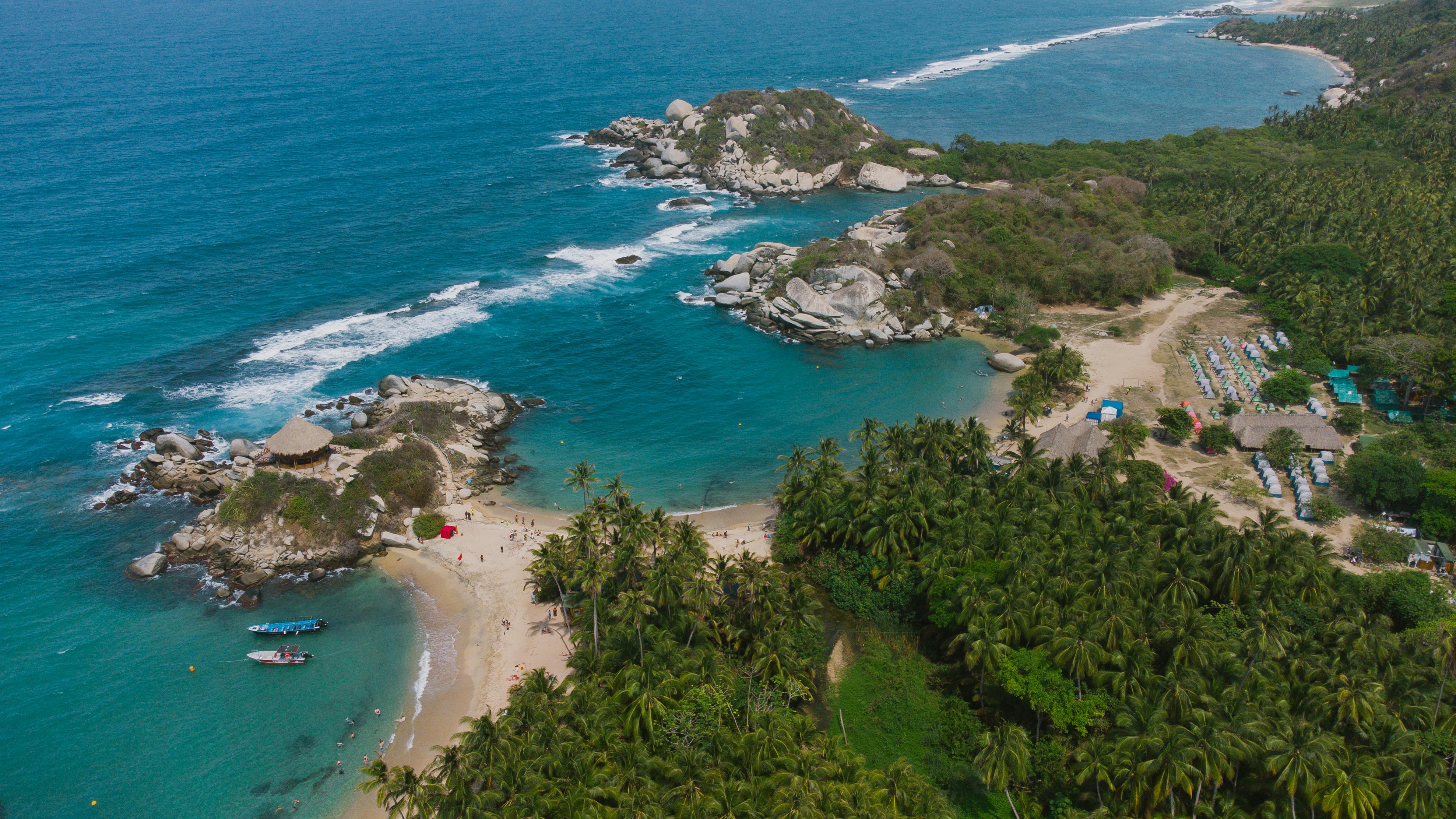 History of Santa Marta and Tayrona National Park:
History of Santa Marta and Tayrona National Park:
Santa Marta, Colombia's oldest city founded in 1525, bears a significant historical legacy marked by Spanish colonization and indigenous cultures. It played a crucial role in Colombia's independence struggle and has since evolved into a vibrant coastal destination renowned for its beaches and cultural heritage.
Tayrona National Park, situated in the Sierra Nevada de Santa Marta, showcases the region's pre-Colombian history as the domain of the Tairona civilization. Recognized for its biodiversity and archaeological sites, the park represents Colombia's commitment to conservation and cultural preservation.
Day 18-21: Caribbean Relaxation
-
Spend your last few days relaxing on the beaches of Santa Marta or exploring nearby attractions like Minca, known for its coffee farms and waterfalls.
-
Enjoy fresh seafood and Colombian Caribbean cuisine before departing.
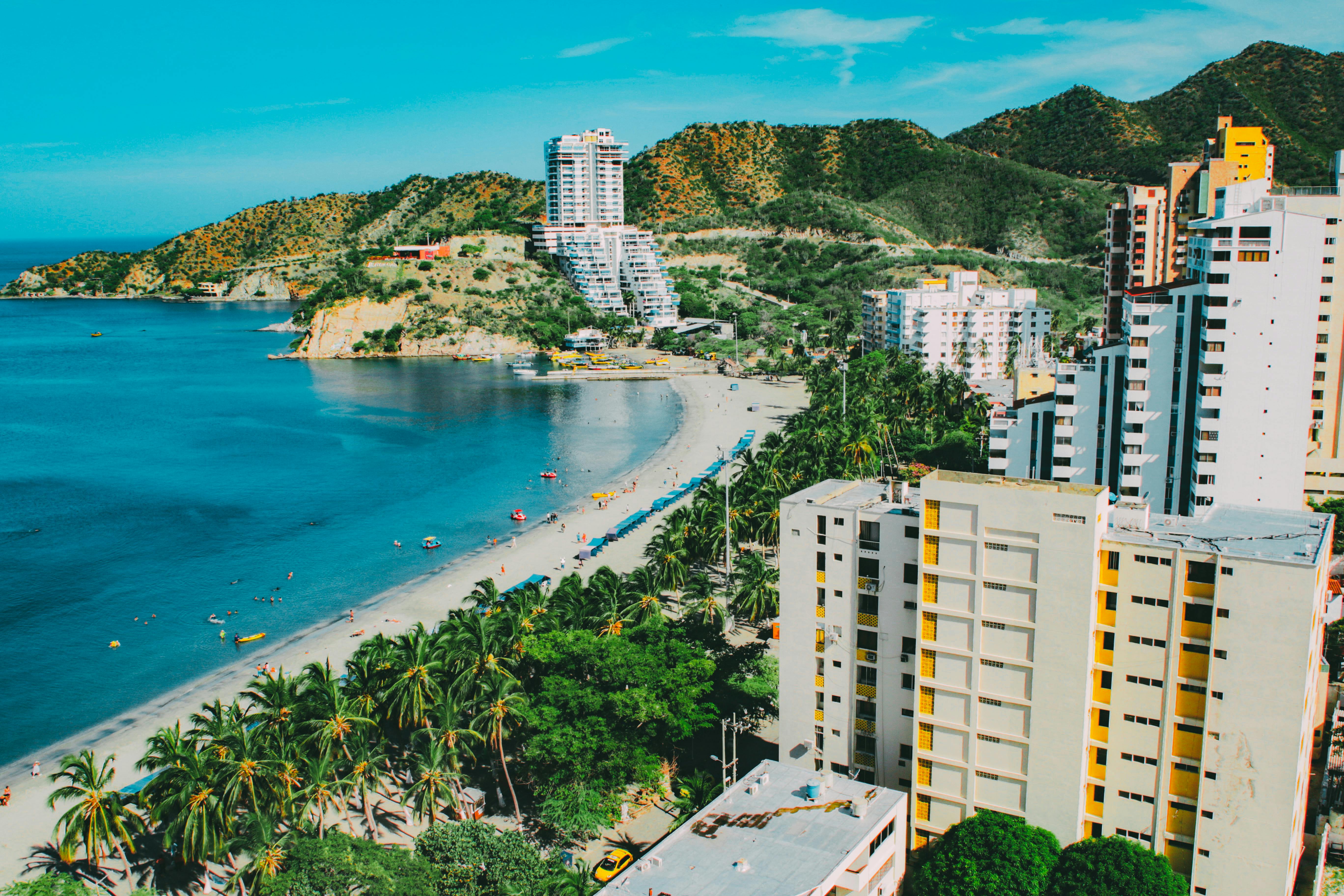 History of the Caribbean:
History of the Caribbean:
The history of the Caribbean is a dynamic narrative encompassing the interactions of indigenous peoples, European colonization, African slavery, and contemporary globalization. Before European arrival, the region was inhabited by diverse indigenous cultures. European colonization brought exploitation of resources and the transatlantic slave trade, shaping Caribbean societies and economies.
The Caribbean offers a rich tapestry of culinary delights, influenced by the diverse cultures that inhabit the region. Here are some foods to try in the Caribbean:
-
Jerk Chicken: A Jamaican specialty, jerk chicken is marinated in a spicy blend of Scotch bonnet peppers, allspice, thyme, garlic, and other herbs and spices, then grilled or smoked to perfection.
-
Rice and Peas: A staple in many Caribbean countries, rice, and peas is a flavorful dish made with rice cooked in coconut milk and seasoned with kidney beans, thyme, garlic, and Scotch bonnet peppers.
-
Ackee and Saltfish: The national dish of Jamaica, ackee and saltfish is a savory and satisfying combination of salted codfish sautéed with ackee fruit, onions, tomatoes, and spices.
-
Callaloo: A popular Caribbean dish, callaloo is a flavorful stew made with leafy greens (such as amaranth or taro leaves), okra, onions, garlic, and often coconut milk or salted meat.
-
Roti: Originating from Trinidad and Tobago, roti is a type of flatbread filled with curried vegetables, meat, or seafood. It's a hearty and satisfying dish often enjoyed for lunch or dinner.
Additional Reminders:
-
Remember to check the weather and pack accordingly.
-
Colombia exhibits a varied climate across its regions.
-
Keep your travel documents secure and duplicates prepared.
-
Try to learn a few Spanish phrases as English is not commonly spoken outside major cities.
-
Always be alert and follow the advice and instructions of your guides.
-
Don't forget to bring proper identification and related documents.